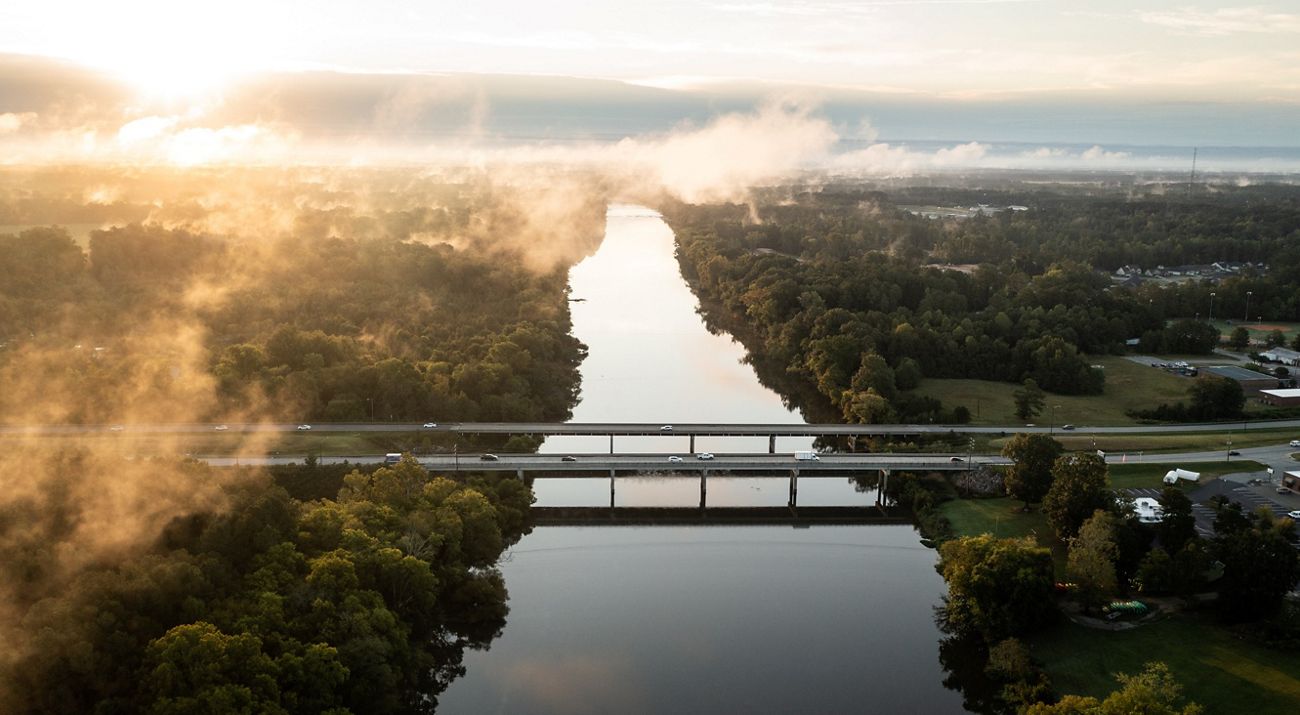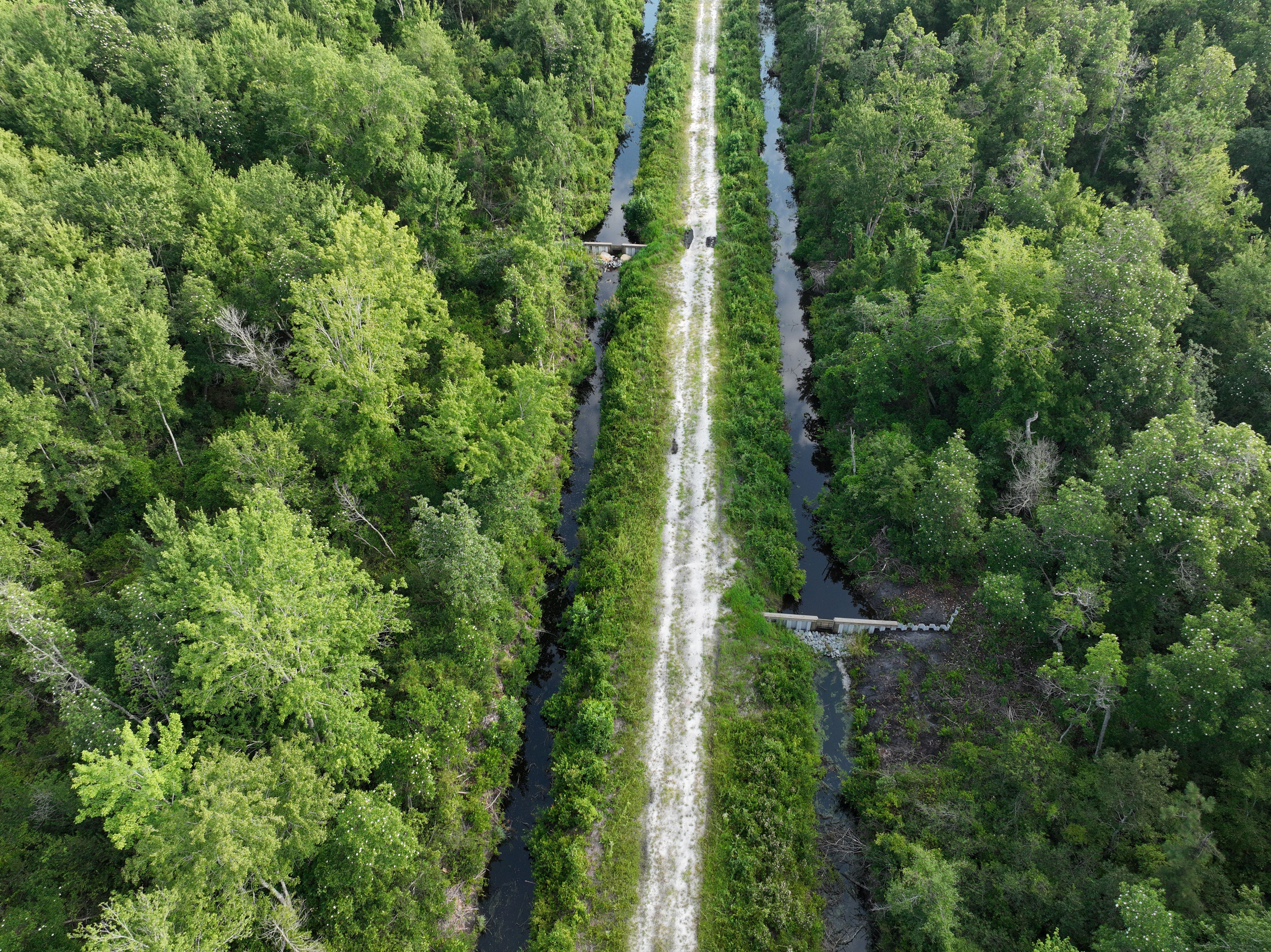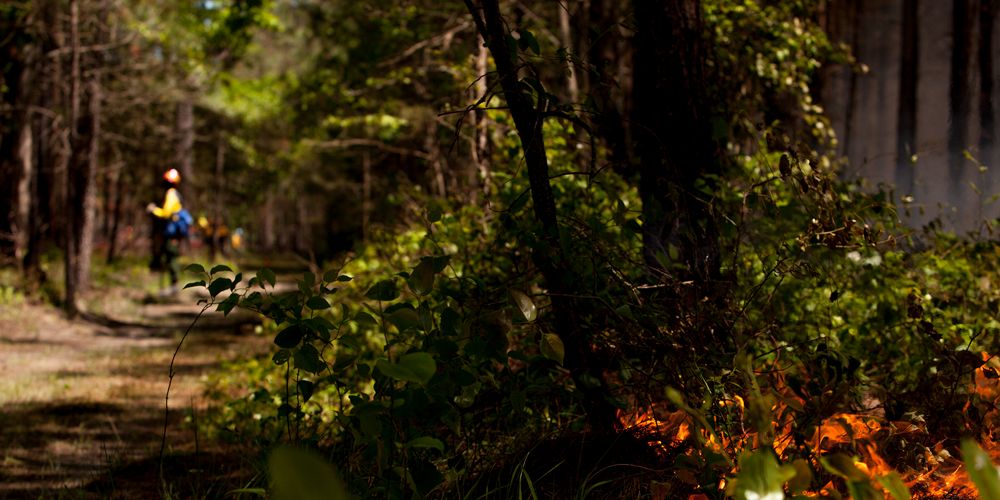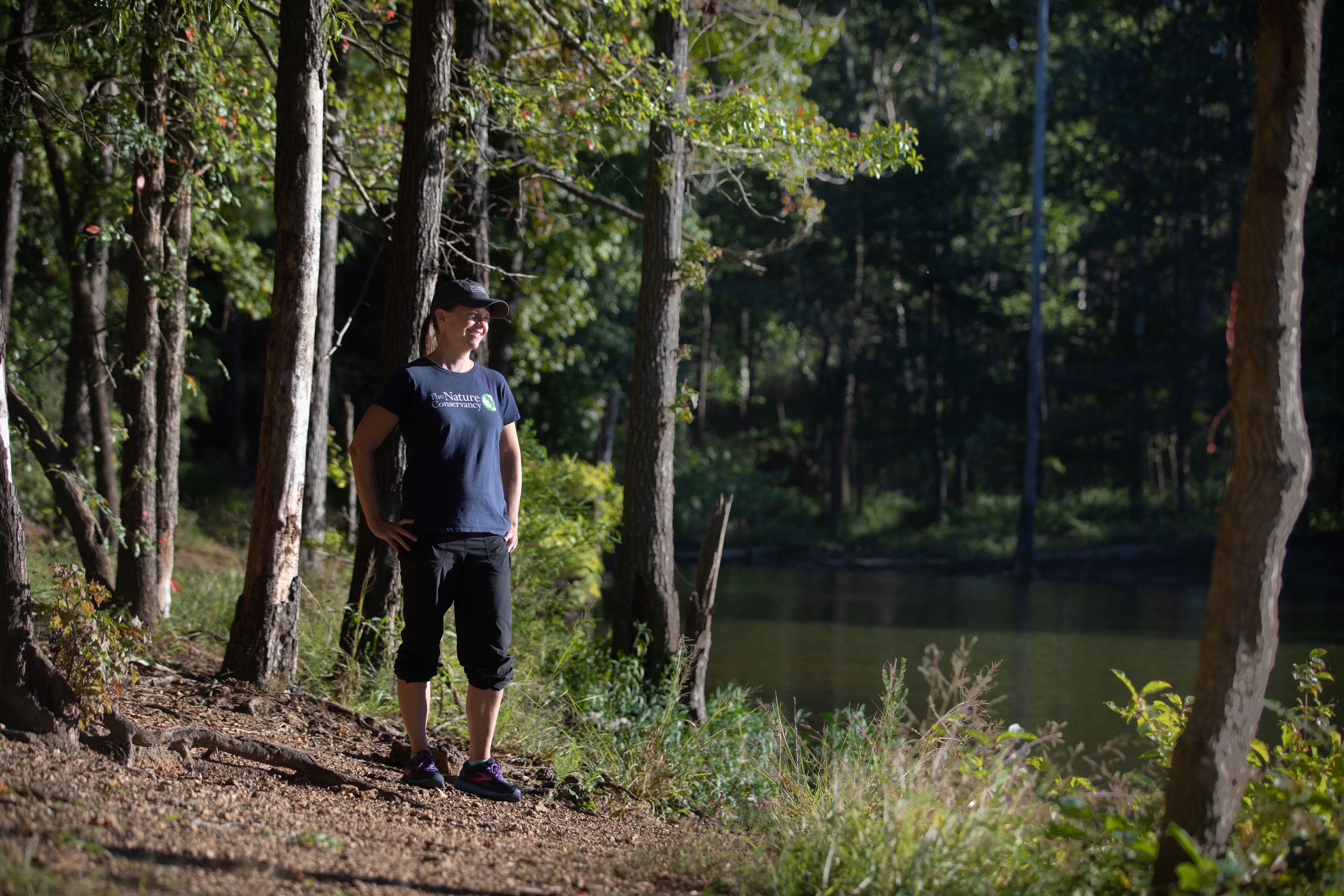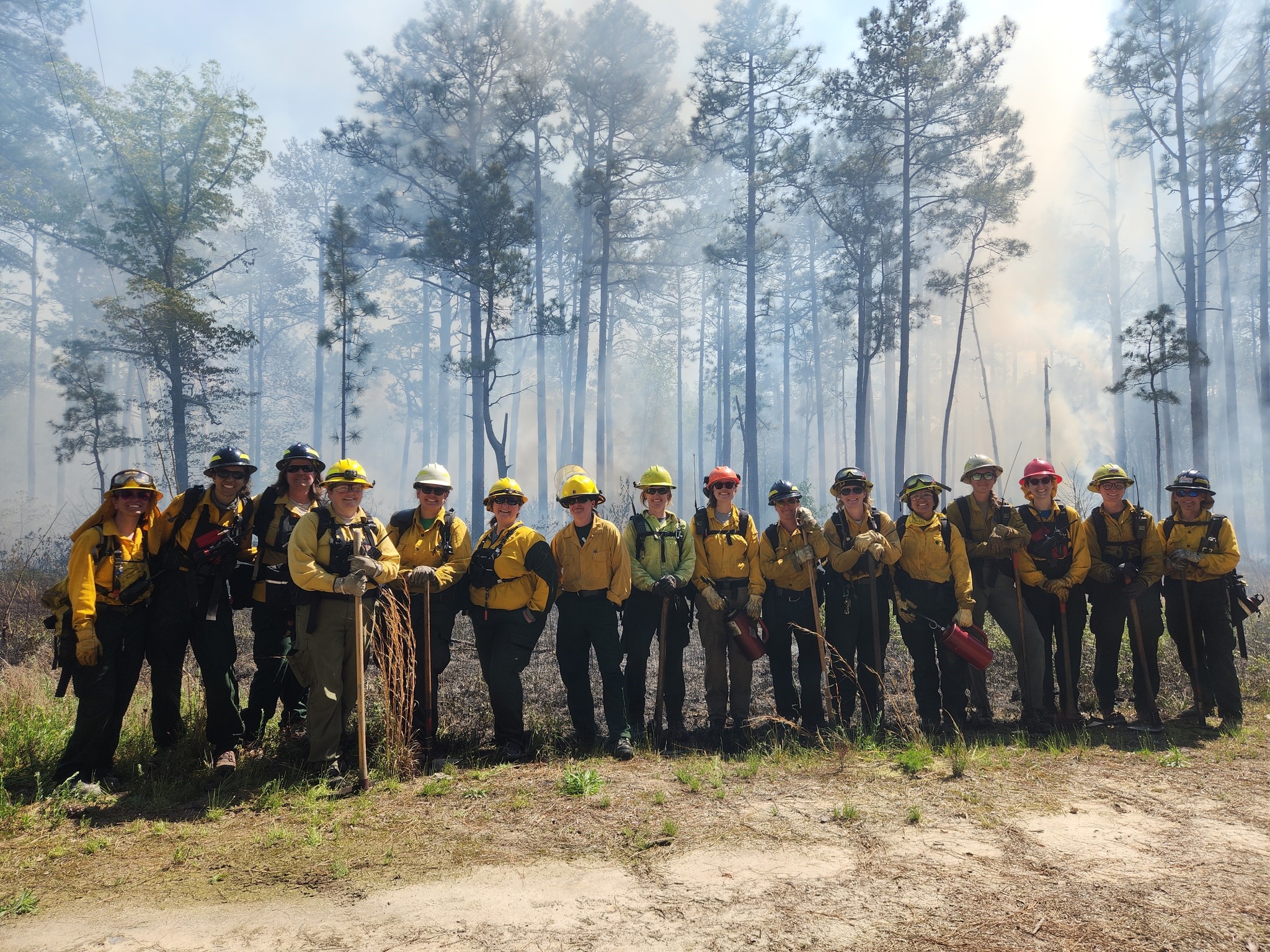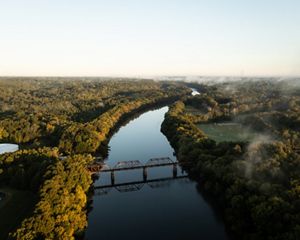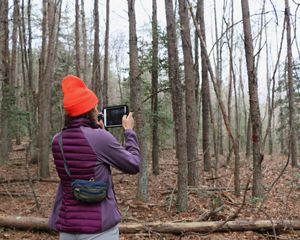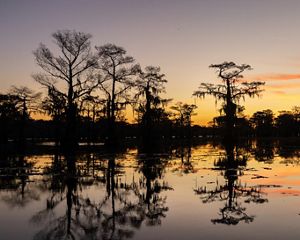Some of Our Top Year End Conservation Successes
This year we have expanded our projects and pioneered new ideas—always working toward a future where people and nature thrive.
Get a glimpse of some of our top three year-end conservation successes! From revitalizing water flows across North Carolina to championing peatland restoration, land protection, and innovative land management, selecting our top three was challenging!
2024 Conservation Wins
1
Peatlands Restoration Gets a Boost
This year we celebrated a historic $421 million award from the Environmental Protection Agency’s Climate Pollution Reduction Grant (CPRG) Program that will fund both state-led and TNC-led projects across Maryland, Virginia, North Carolina and South Carolina. In North Carolina, the grant is focused on expanding our peatlands restoration work portfolio.
Peatlands are a type of wetland whose soils contain a high proportion of partially decayed organic matter. In eastern NC, large areas of peatlands have been degraded from centuries of ditching and draining. When re-saturated with water, peat soils are much less flammable, which reduce wildfire risk, contribute to flood resilience and create conditions for more diverse and resilient forest communities.
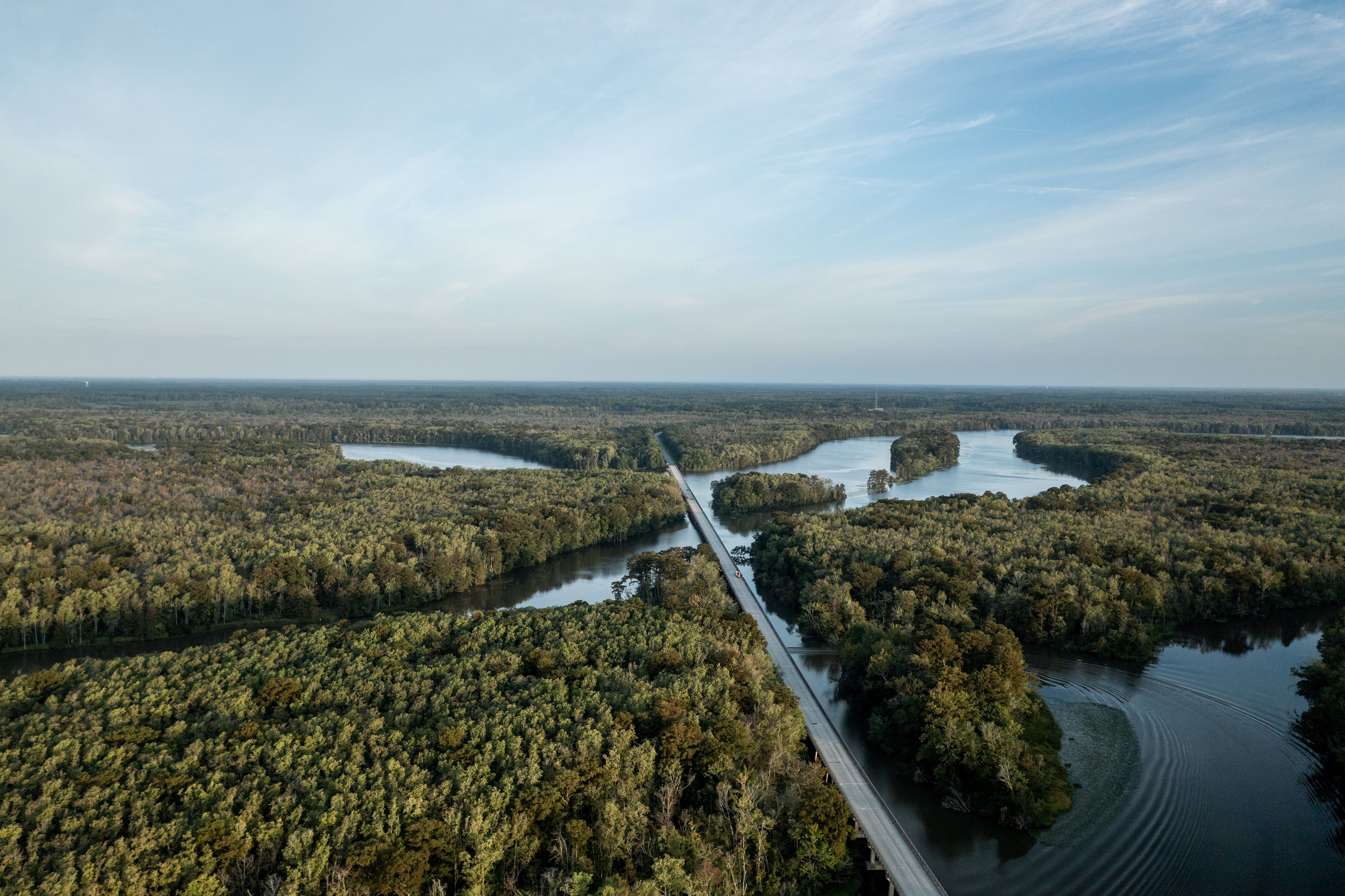
2
Protecting the State’s Water Resources
Our freshwater work continues to grow thanks to two awards this year:
The U.S. Fish and Wildlife Service provided $7.7 million for TNC to work across four National Wildlife Refuges—Roanoke River, Pocosin Lakes, Pea Island and Cedar Island—focused on floodplain restoration, building oyster reefs and peatland restoration to benefit people and nature.
The National Oceanographic and Atmospheric Administration (NOAA) awarded TNC a $7.8 million grant to restore 17,000 acres along the Cape Fear River and its tributaries, as well as conduct fisheries research. The Cape Fear is the state’s biggest water basin—it makes up about 17% of North Carolina’s land mass and is about the size of the State of New Jersey.
It's encouraging that the federal government saw value in the initial research and restoration funded by our donors and are now leveraging those dollars with these important grants.
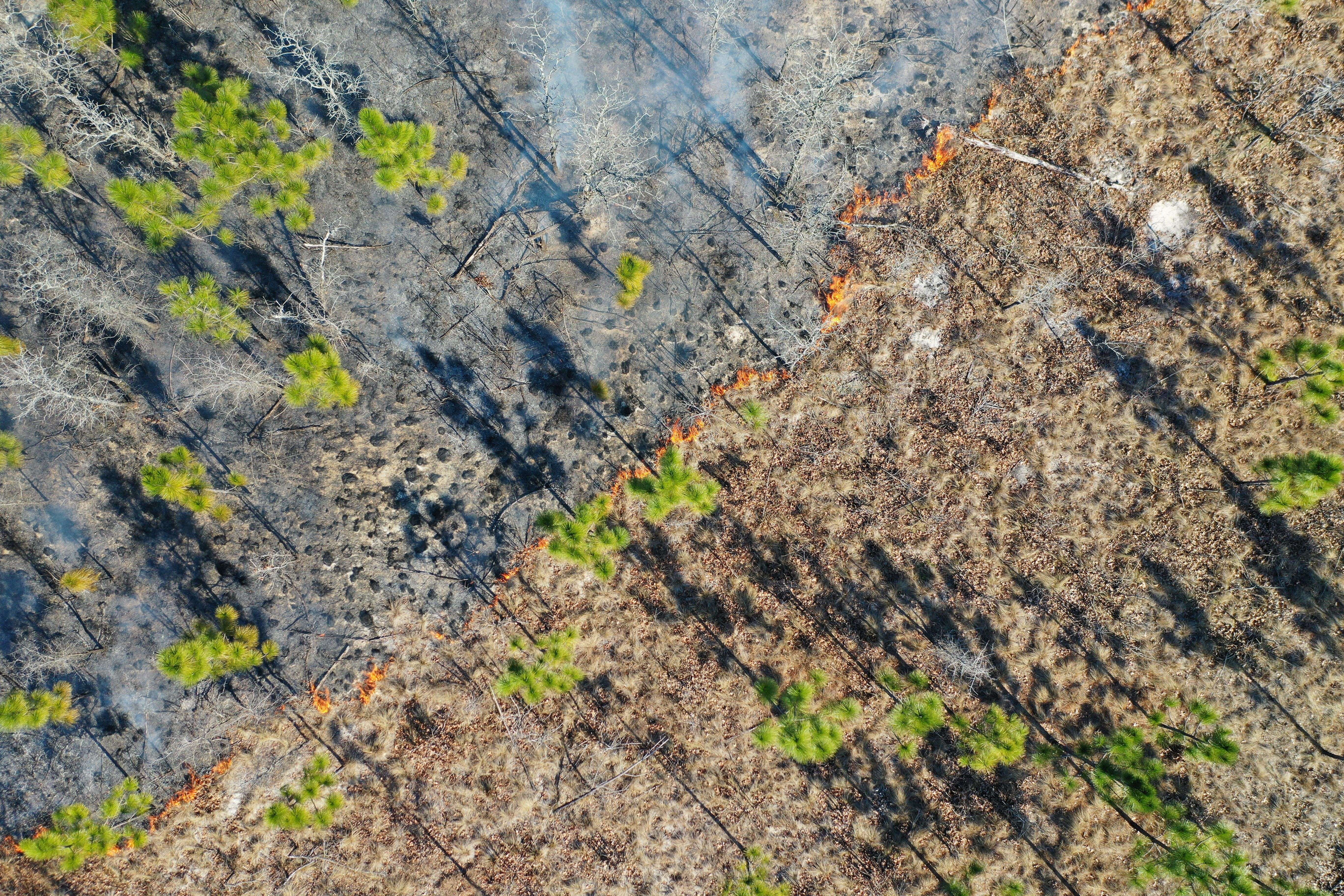
3
Showcasing Good Fire in Longleaf Ecosystems
We are continuing to maintain our longleaf pine ecosystems with the use of controlled burning. TNC is supporting the Waccamaw Siouan and Lumbee tribes as they return fire to their lands through the Hoohee Cultural Burn and Forest Restoration Program and the Lumbee Cultural Burn Association.
We are continuing to build public support for burning with our flagship public event—The Fire in the Pines Festival held each October in Wilmington. With over 1,300 attendees, 36 organizations tabling and a live controlled burn demonstrations, this year’s event was a big success.
Learn More About Controlled Burning
You are integral to everything we do. Thank you for making TNC a part of your life.
Were you inspired by our work?
When you become a NC donor, you joins us on our mission of preserving our home.
Become a Donor
1
Comprehensive Water Program
This year we went all in on water! The Chapter took steps to build a comprehensive “Source to Sea” Water Program led by Julie DeMeester, Freshwater and Coastal Systems Director.
She has focused a lot of her attention on healthy environmental flows—working with dam operators to restore more natural flows or manage dam releases to help fish swim upstream and mitigate downstream algal blooms. Today, that strategy is expanding elsewhere. TNC is studying Drowning Creek in Moore County, which is the drinking water source for Southern Pines, to determine why flows have been reduced there and what can be done to restore them.
TNC led the push to enroll the Roanoke and Cape Fear rivers in the Sustainable River Program, a joint TNC / Army Corps of Engineers project that works to make dams operate in a way that is better for people and nature. That program will soon be expanded to the Neuse River at the Corps’s request.
Keep reading about our water program.
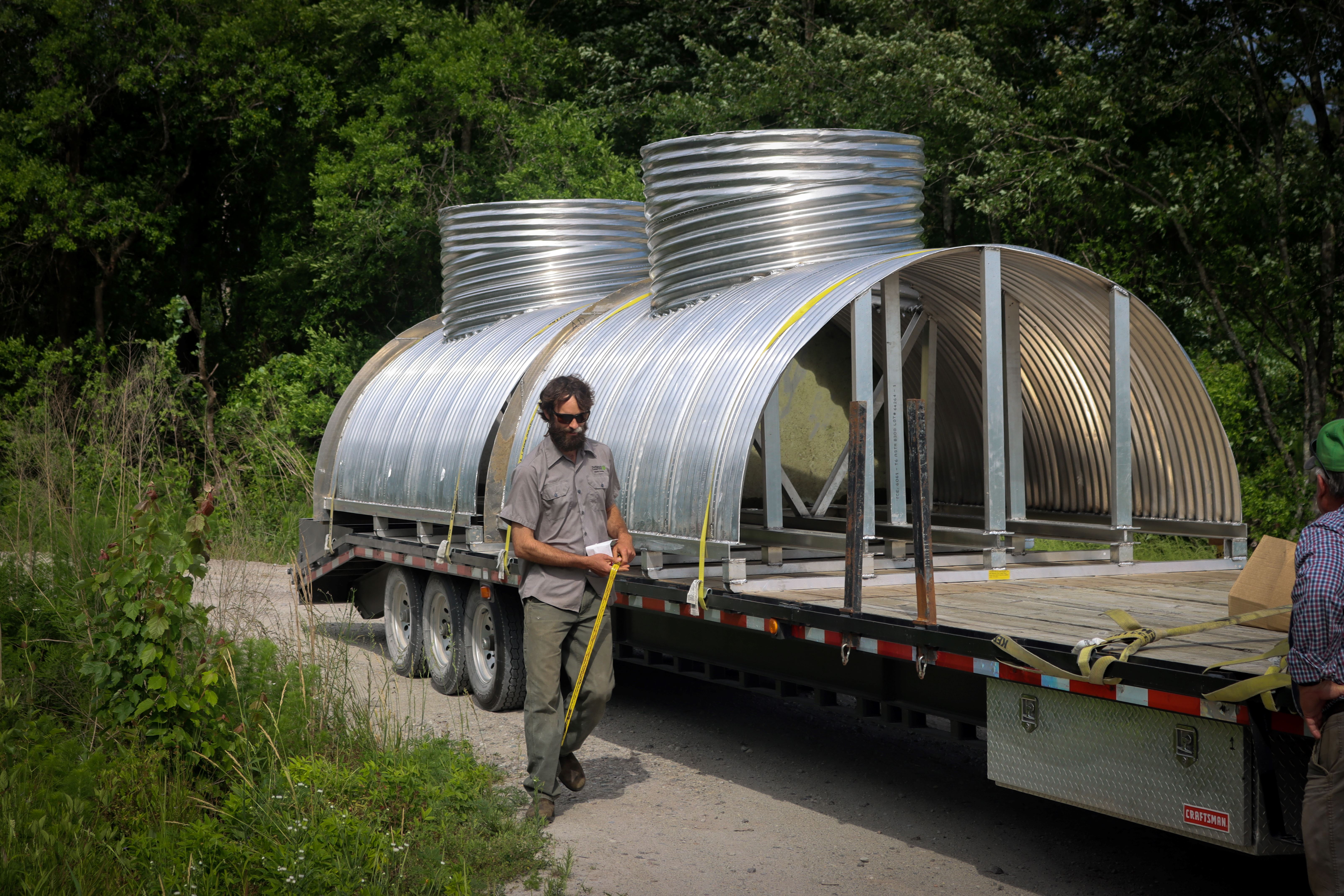
2
Peat Restoration
Until 2023, TNC’s peat restoration had been confined to the northeastern corner of the state. That area is blanketed with peatlands, whose restoration removes carbon from the atmosphere. But peatlands aren’t confined to that region; they can be found along the coastal plain to the Georgia/Florida border. This year, TNC began an extensive restoration project at the N.C. Wildlife Resources Commission’s Angola Bay Game Lands, land that TNC protected and transferred to the state two decades ago. “It’s really neat to come back to a place and work with partners to improve and restore ecosystem function full circle,” says Eric Soderholm, TNC’s peat restoration specialist.
Most East Coast peatlands have been ditched and drained for agriculture. When dried, they emit carbon and are easily ignited, leading to wildfires that belch carbon. Restoring more natural water flows to peatlands turns them from carbon emitters to carbon absorbers. Ten acres of drained peatlands emits the same amount of carbon as 21.5 passenger vehicles. Rewet the peatlands and that same ten acres absorbs the carbon equivalent of 3.25 passenger vehicles.
3
The First All-Female/Nonbinary Crew Burn at Carvers Creek State Park
A few years ago, Carvers Creek State Park Superintendent Colleen Bowers was chatting with State Parks Fire Management Officer Thomas Crate about how the face of prescribed fire was changing with more women joining the ranks. “The burn crew was almost all female at the time and my staff was half female,” she remembers. “We have enough females to have a burn with just them.”
TNC Burn Program Manager, Carmella Stirrat, made this happen! Stirrat put together a 15-member female/nonbinary burn crew with State Parks, TNC and the N.C. Forest Service taking part, and the burn came together on April 19 at Carvers Creek State Park. Bowers says that the burn was important to her personally and professionally. “It gave me a sense of pride of how things are changing in the fire world.
